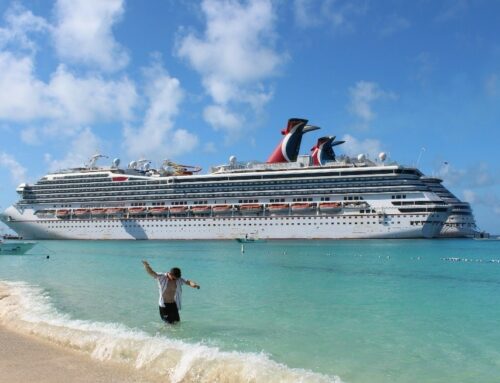Selecting the Right Motorcycle Helmet for You




Choosing a motorcycle helmet isn’t just about figuring out your size. It’s about buying a helmet also designed to offer maximum protection in case of a crash. Properly fitting helmets ensure that the impact-absorbing liner can function as intended and protect the head from injury during a crash.
However, though the helmet’s liner is meant to protect your head from an impact, it won’t work well if the helmet is too loose or too tight. A loose helmet can hit your head when you crash, and a tight helmet can hurt or distract you. Also, some helmets have special liners that can reduce the damage from rotational forces, like Bell’s MIPS (multi-directional impact protection system) technology. These liners need to fit snugly on your head in order to work properly, and ensure that the helmet is comfortable and effective.
Because choosing the right motorcycle helmet is crucial for your safety, here are some steps you can follow to select the right one:
- Choose a helmet style.
- Determine your head shape and size.
- Try on the helmet.
- Check for proper fit.
- Wear the helmet for about half an hour to ensure it’s comfortable.
- Still feels right? Go ride!
When choosing a helmet style, remember there are five basic types of motorcycle helmets: open face, full face, modular, adventure (ADV), and dirt/off-road helmets. Open face helmets offer the least protection but flow more air, while full face helmets enclose the rider’s head and provide the most protection. Modular helmets are full face helmets that can convert into open face helmets. ADV helmets are hybrids that offer features for both street and off-road riding, while dirt helmets are exclusively for off-road riding and do not require U.S Department of Transportation (DOT) ratings.
After selecting a helmet category that suits you, it’s time to determine your head shape and size. Most people fit into one of three head shapes: long oval, intermediate oval, and round oval. To find out which one you have, you might ask someone else to take photo of your head from above with your hair flattened down as much as possible. Looking at the picture, determine if the crown of your head is more round, oval, or in between. Many retailers carry helmets that cater to your specific head shape, for better fit and comfort.
To measure your head size, measure your head’s circumference with a soft tape measure. The tape should run above your eyebrows and around the back of your head, including the widest part. Compare your result against a helmet’s size chart to determine which size you need to order.
After selecting a helmet category that suits you and determining your head shape and size, you should have narrowed down your search to a range of helmets that will work for you. It’s time to buy! (Remember: if you order anything online, you can’t try it on until after it arrives.) When the helmet arrives, put it on while keeping in mind that you might have to grab the straps and spread them apart to slip the helmet over your head. Helmets aren’t designed to be comfortable while your head is passing through the pads. You might need to adjust your ears too, but that’s totally normal – just like adjusting your sock after putting on a shoe. The focus should be on fitment with the helmet in place.
With the helmet on, it should feel snug but not too tight or too loose. Any severe discomfort means you should try another helmet. If you ordered an unwearable helmet after following the steps above, consider rechecking your size and shape assessments. You shouldn’t be that far off the mark if you measured accurately, checked the size chart, and paid attention to the product description/video.
If the helmet fits as it should, you should feel the cushions against your cheeks. They’ll be pushed up a little like “chipmunk cheeks” . Next, grab the chin bar and move it around. Your cheeks should move but not the helmet. If it’s sliding, go down at least a size. If the helmet’s a little on the tight side, keep in mind that most helmet liners “break in” 15 to 20 percent after the first 15 to 20 hours of riding.
Wear the helmet for a while to see if any pressure points develop. If it causes a pressure point that’s uncomfortable after 15 minutes, it will be very painful after a three-hour ride.

A helmet will never feel as comfortable as no helmet at all. But it should feel fairly comfortable for at least 30 minutes at a time. Make sure you wear the helmet enough to break it in. The helmet will adapt to your head shape a bit, making it fit even better. Enjoy your new helmet!
Here at the Herd Law Firm, we are lawyers who ride motorcycles! We are very aware of the challenges riders face on our roadways. We want riders to be trained and safe. We want others on the road to LOOK TWICE FOR MOTORCYCLES.
But if you or a loved one is involved in a crash, we are here to help, with all the advice, counsel and legal representation in recovery that you deserve.
(Sources: Revzilla.com, nhtsa.gov, txdot.gov, smf.org)







